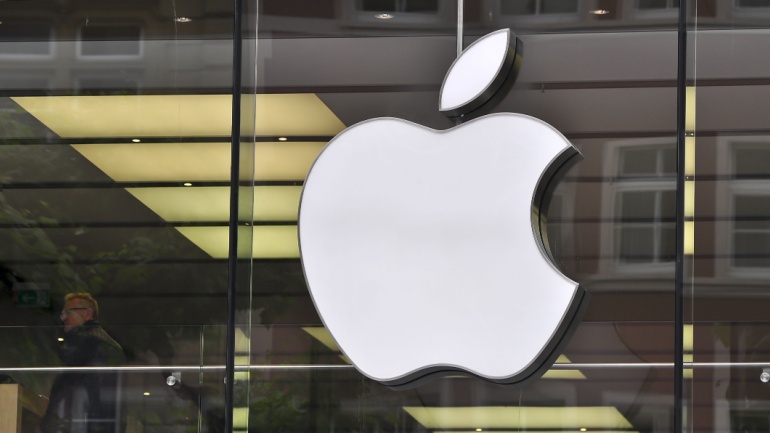Tillman FiberCo, LLC, a leading provider of fiber optic broadband infrastructure, has announced a significant expansion of its 100% Fiber-to-the-Premise (FTTP) network in Florida. The expansion aims to cater to the growing demand for high-speed internet access in various regions across the state, including Tampa Bay, Panhandle, South and Southwest Florida, and several major cities like St. Petersburg, Fort Myers, Naples, Pensacola, Miami, Palm Beach, Ft. Lauderdale, and Kissimmee.
In an unexpected evolution, Spirent Communications, a UK-based telecom testing group, put the brakes on their £1 billion merger agreement with Viavi Solutions, after a victorious proposition swooped in from Keysight. Celebrating the unexpected alliance, Spirent cited the extensive resources and product range Keysight offers, promising to bring considerable advancements to the tech industry.
Zoom and Avaya announced a strategic partnership designed to deliver enhanced collaboration experiences to global enterprises. As part of the partnership, Avaya selected Zoom Workplace – Zoom’s AI-powered collaboration platform that will include meetings, team chat, scheduler, whiteboard, spaces, and more – to integrate with Avaya’s Communication & Collaboration Suite, providing customers with a new, streamlined way to manage their communications environments and workflows.
Sinch, which powers meaningful conversations between businesses and their customers through its Customer Communications Cloud, today announced it has been recognized as 2024 Adobe Digital Experience ISV Resell Partner of the Year. Adobe’s Digital Experience partner awards honor companies that have made leading contributions to Adobe’s business and have had a significant impact on customer success.
In a significant move, the US government has initiated a comprehensive legal battle against Apple Inc., accusing the tech behemoth of monopolistic practices within the smartphone industry that purportedly suppress competition and inflate costs for consumers. The Department of Justice, in collaboration with 16 state and district attorneys general, has filed a civil antitrust lawsuit charging Apple with monopolization or attempts at monopolization of the smartphone market.
Enreach, Europe’s leading provider of converged contact solutions, announced that it has expanded its Voice for Microsoft Teams features to customers in 80 countries. The extension is the result of Enreach’s partnership with SIPPIO, which delivers Microsoft Teams services to customers around the world.
Nvidia is setting its sights on a more significant role within the mobile networking sphere, particularly in the emerging field of 6G technology. At its annual GTC AI event, the company unveiled its ambitious 6G Research Cloud Platform, positioning itself as a key player in the next evolution of mobile technology. This initiative is designed to leverage Nvidia’s expertise in chips and AI, demonstrating its capabilities beyond the realm of 5G.
SIPPIO, the global leader in voice enablement, has today announced a powerful expansion of its Microsoft Teams Phone service at the Channel Partners Expo in Las Vegas. The new solutions offer advanced reporting, call recording, AI-driven insights, and integrated messaging, elevating the Microsoft Teams Phone experience for businesses worldwide.
In a significant move to enhance its channel partnership program, CallTower has announced key promotions within its team, aiming to enrich its cloud-based communications solutions. The company, a global leader in unified communications, contact center, and collaboration solutions, has made strategic changes to ensure sustained growth and excellence in its partnership efforts.
Viavi Solutions, a leading technology firm, has extended an ambitious £1 billion acquisition deal to Spirent Communications. The anticipated merger could unlock enhanced capabilities across artificial intelligence, machine learning, security, and cloud-native architecture.













